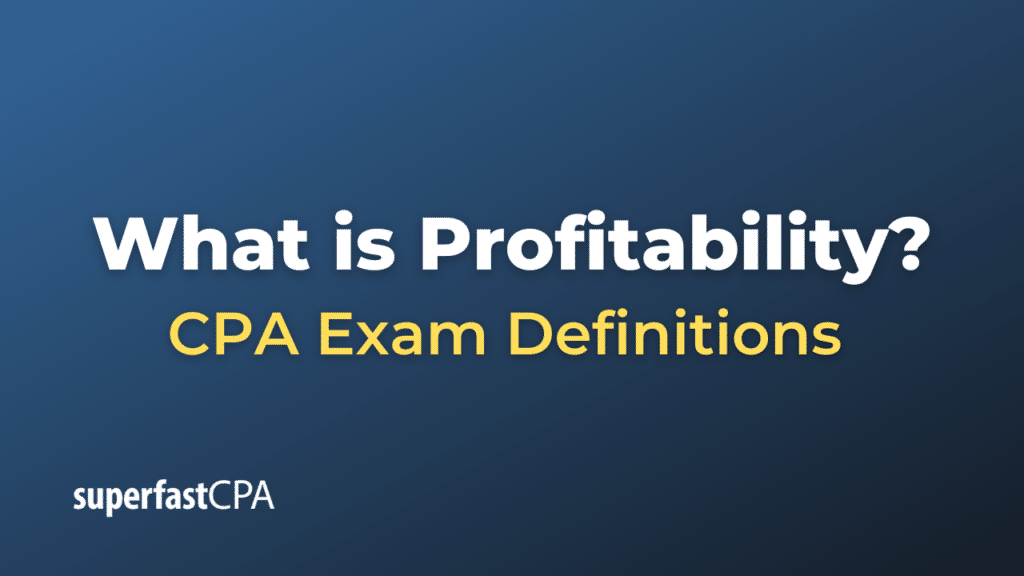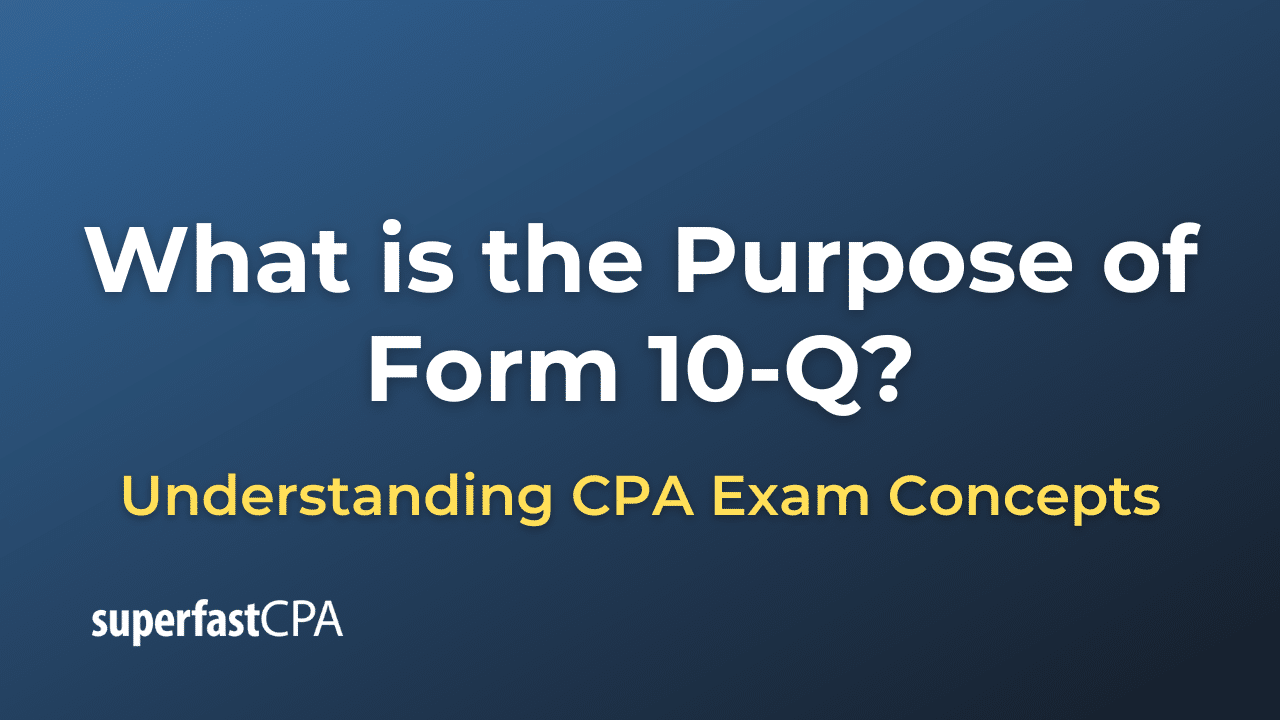Profitability
Profitability refers to a company’s ability to generate earnings relative to its revenues, operating costs, capital investment, or balance sheet assets. In essence, it’s a measurement of the company’s efficiency at using its resources to produce profits. It’s one of the most frequently used financial metrics by analysts, investors, and stakeholders to assess a company’s financial health and future growth potential.
There are several ways to measure profitability, each providing a slightly different perspective on a company’s financial performance. Some common profitability ratios include:
- Gross Profit Margin: This is calculated by taking gross profit (revenue minus cost of goods sold) and dividing it by revenue. It shows how well a company generates revenue from direct costs like direct labor and direct materials costs.
- Operating Profit Margin: This is calculated by taking operating profit (gross profit minus operating expenses, but before interest and taxes) and dividing it by revenue. It shows how well a company generates revenue from its core business operations.
- Net Profit Margin: This is calculated by taking net income (revenue minus all expenses, including tax and interest) and dividing it by revenue. It shows the overall profitability of the company after all costs have been accounted for.
- Return on Assets (ROA): This ratio compares a company’s net income to its total assets, showing how efficiently a company generates profit using its assets.
- Return on equity (ROE): This ratio compares a company’s net income to its shareholder’s equity, indicating how effectively a company uses its equity to generate profits.
Profitability is a key component in business strategy and planning, as it not only reflects the current financial health of the company but also guides future investment and growth plans.
Example of Profitability
Let’s consider a hypothetical company, “TechMaker Inc.” that manufactures and sells electronic devices. Here is some financial data for TechMaker:
- Revenue: $5,000,000
- Cost of Goods Sold (COGS): $2,000,000
- Operating Expenses: $1,000,000
- Net Income: $1,500,000
- Total Assets: $6,000,000
- Shareholder’s Equity: $4,000,000
Let’s calculate some of the profitability ratios:
- Gross Profit Margin:
(Revenue – COGS) / Revenue = ($5,000,000 – $2,000,000) / $5,000,000 = 0.6 or 60%
This means that 60% of the revenue is left after covering the cost of production. - Operating Profit Margin:
(Gross Profit – Operating Expenses) / Revenue = ($3,000,000 – $1,000,000) / $5,000,000 = 0.4 or 40%
This means that 40% of the revenue is left after covering both the cost of production and operating expenses. - Net Profit Margin:
Net Income / Revenue = $1,500,000 / $5,000,000 = 0.3 or 30%
This means that 30% of the revenue is left after all expenses have been deducted. - Return on Assets (ROA):
Net Income / Total Assets = $1,500,000 / $6,000,000 = 0.25 or 25%
This implies that TechMaker generates 25 cents of profit for every dollar of assets it owns. - Return on Equity (ROE):
Net Income / Shareholder’s Equity = $1,500,000 / $4,000,000 = 0.375 or 37.5%
This means that TechMaker generates 37.5 cents of profit for every dollar of equity owned by shareholders.
By assessing these ratios, we can see that TechMaker Inc. is relatively profitable, as it effectively generates profit from its revenues, assets, and equity. This is a simplified example, and actual business scenarios might include more factors and be more complex.














